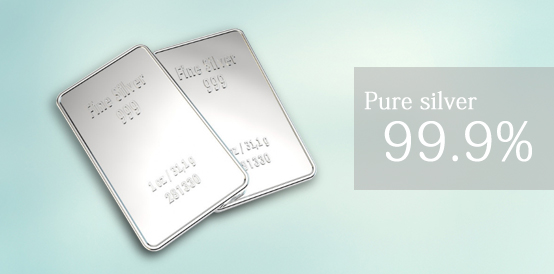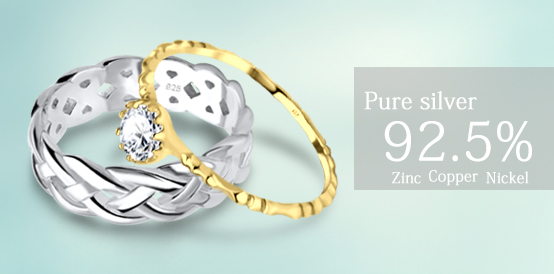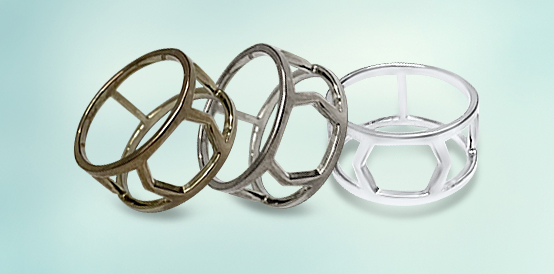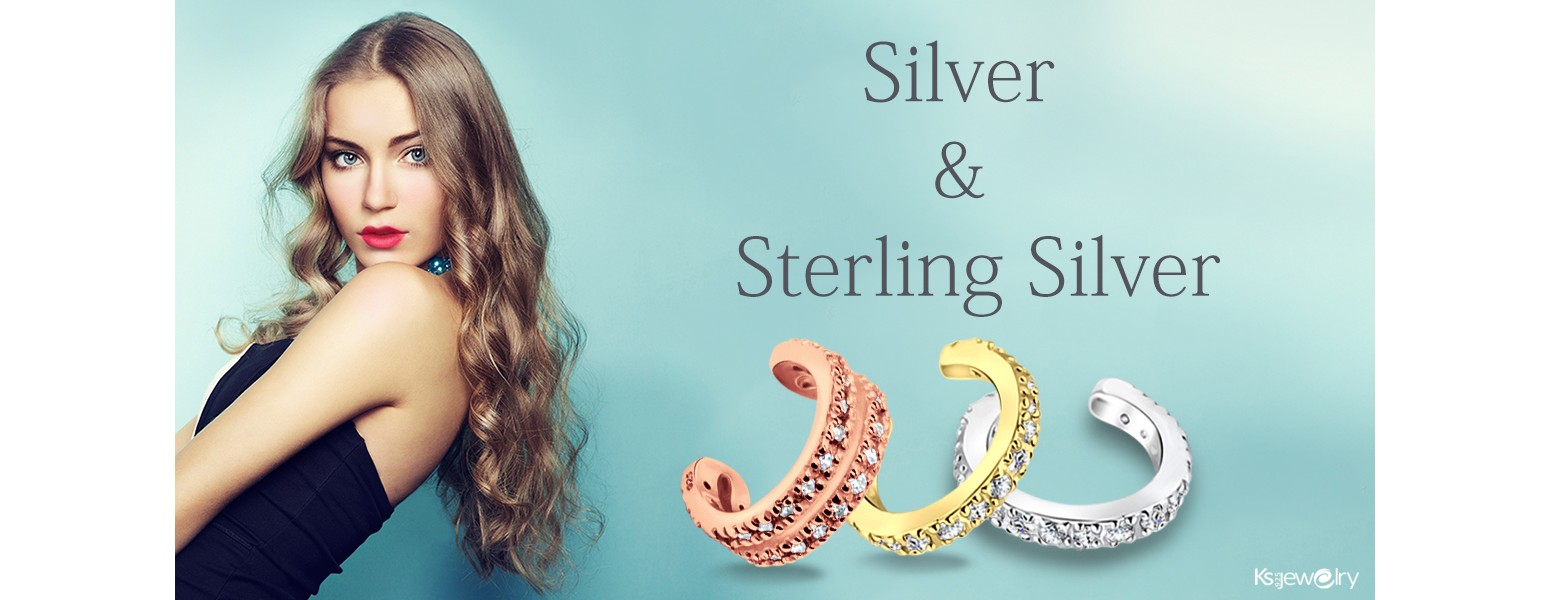It's often said that there are two types of people: gold people and silver people (at least it is in fashion circles).
If you are a lover of all things silver, you also likely have a neat silver jewelry collection. And while you must definitely love all your pieces, you might not know what type of silver jewelry they are made of.
Wonder no more. Here, read all about regular silver and sterling silver and how to tell the difference between the two.
Silver
Elements referred to as pure silver, or fine silver are as purely silver as you get, with around 99.9% silver.
The remainder, 0.01%, is trace elements. Silver forms in the earth’s crust under extremely high temperatures.
The high purity of pure silver makes it very soft. Often, it's too soft to be used in making fine jewelry.

Sterling Silver
Sterling silver is what you can call a metal alloy. This essentially means that it’s a combination of metals as opposed to one metal.
Sterling silver contains 92.5% silver. The remaining 7% is zinc or copper. This percentage can also be indicated as ‘925’.
Sterling silver originated in continental Europe around the 12th century. This element is bright and beautiful, but with additional sturdiness.

What Is the Difference between Silver and Sterling Silver
Whenever you go out jewelry shopping, it's always essential to understand the differences between the two to distinguish them.
Here are the main differences between the two.
Composition
Pure silver is used exactly as it is, while sterling silver is an alloy of other harder metals such as Nickel, Copper, or Zinc.
Softness
Items labeled pure silver will be softer than those made from sterling silver.
Pure silver tends to be too soft and fragile, discouraging artisans from using it to create jewelry pieces.
At times, a sterling silver jewelry item is coated in our silver to give it that characteristic pure silver shine. This gives the final product the durability of sterling silver and the aesthetic qualities of pure silver.
Tarnishing
Because it has no additional metals added, pure silver does not tarnish easily or quickly. Sterling silver, on the other hand, is easy to tarnish.
Copper, Zinc, and Nickel are the common metals added to silver to create sterling silver. These metals tarnish easily with exposure to the elements, making the surface of the jewelry piece lose its original luster.

Durable
Other metals added to sterling silver makes it more durable. Against scratches and knocks.
Pure silver lacks this quality and is therefore not as sturdy as sterling silver.
Identification
Sterling silver always has hallmarks stamped on them. This is not necessary for pure silver.
These hallmarks range from 925, 92.5%, 925 sterling silver, 925 silver, SS, or STG.
Skin Reactions
Plain silver is pure, hence hypoallergenic. This is not true for sterling silver. The other metals used to make sterling silver are not always hypoallergenic.
This means that people with a Zinc, Copper, or Nickel allergy can suffer skin reactions to sterling silver jewelry.

Parting Shot
The beautiful, warm appearance of silver is suitable for most people.
This article should help you understand the differences between the two types of silver and hopefully help you make excellent jewelry purchase decisions.
Eager to learn more? Follow this link to learn more about your jewelry.






Leave A Comment